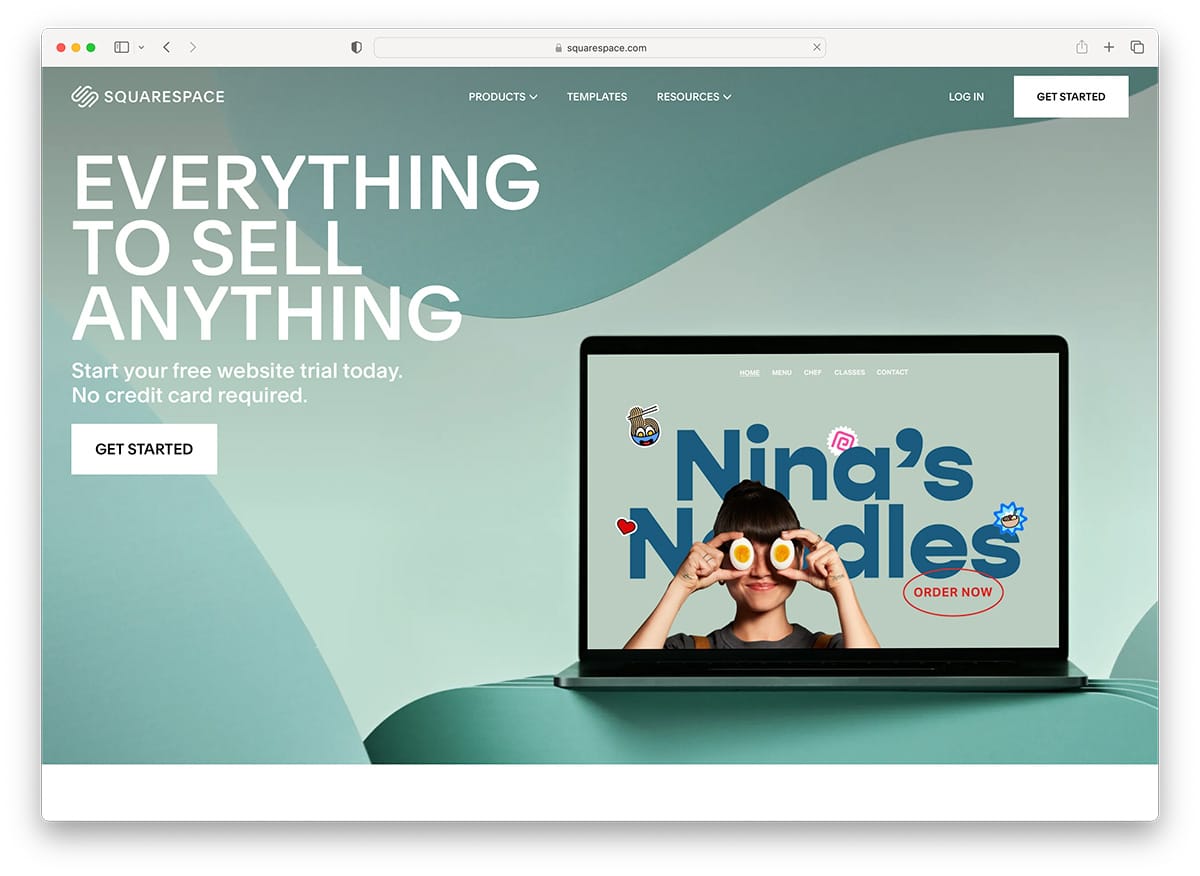The Impact of Website Design on Your Site's Search Engine Rankings
The Impact of Website Design on Your Site's Search Engine Rankings
Blog Article
Increase Engagement With Innovative Web Site Design Solutions
An attentively crafted user experience, underpinned by critical aesthetic style and interactive aspects, can significantly improve user engagement. By discovering numerous methodologies such as receptive design and individualized material, organizations can create a platform that not just astounds individuals however also fosters long-term loyalty.

Understanding Individual Experience
Recognizing customer experience (UX) is crucial for developing reliable website design services, as it straight affects just how customers connect with electronic platforms. A comprehensive UX strategy includes numerous elements, consisting of individual, access, and use complete satisfaction, every one of which contribute to the total effectiveness of a web site.
To start with, usability concentrates on just how easily individuals can browse and find the information they look for - website design. A well-structured layout, instinctive navigation, and clear phone call to activity are basic elements that improve functionality. Availability makes certain that all users, consisting of those with handicaps, can efficiently interact with the internet site. This includes developing web content that is compliant with availability criteria and can be easily accessed utilizing assistive technologies.
Additionally, understanding user personalities is important for customizing the experience to fulfill particular target market requirements. By carrying out user research and screening, developers can gather understandings that educate design choices, ensuring the website not just satisfies aesthetic objectives yet likewise satisfies practical needs. Inevitably, a thoughtful method to UX layout fosters interaction, urges retention, and enhances general user fulfillment, which are essential for the success of any electronic platform.
Visual Layout Strategies
Incorporating reliable aesthetic layout techniques is important for catching customer attention and enhancing the overall individual experience on a website. A well-balanced visual power structure overviews customers with the content, allowing them to quickly browse and take in info. This can be accomplished via the strategic use of typography, color design, and spacing, which jointly create a cohesive and appealing design.
Color plays a crucial role in establishing and stimulating feelings brand identification. Utilizing a balanced shade palette that straightens with the brand name's principles can foster experience and trust fund. Additionally, incorporating top notch images and graphics enhances visual charm and can substantially improve user interaction.
Whitespace, typically forgot, is equally vital as it enables material to take a breath and prevents frustrating users with mess. It promotes easier reading and comprehension, causing a much more delightful surfing experience.
Last but not least, uniformity in layout aspects-- such as button fonts, icons, and styles-- guarantees a seamless customer journey, reinforcing the brand's professionalism and trust. By tactically implementing these aesthetic style techniques, internet sites can not just draw in visitors but additionally motivate them to stay longer and engage more deeply with the material.
Interactive Aspects for Engagement
Engaging users properly commonly hinges on the execution of interactive aspects that invite involvement and foster a dynamic surfing experience. These aspects, including quizzes, surveys, and interactive infographics, motivate individuals to actively take part as opposed to passively consume material. By incorporating such functions, internet sites can not just catch interest however likewise enhance customer retention.

Gamification is an additional powerful strategy. Incorporating game-like elements, such as success or incentives for completing tasks, can transform ordinary interactions into satisfying experiences. This technique not just improves involvement but likewise encourages customers to return, developing a loyal target market.
In addition, interactive elements can help with social sharing, intensifying a site's reach. Attributes like remark areas, share buttons, and user-generated web content areas foster area interaction, turning site next visitors right into active individuals. website design. Eventually, the tactical use of interactive aspects is essential for developing a appealing and compelling internet site that resonates with individuals
Responsive and Flexible Design
A properly designed internet site should prioritize adaptive and receptive layout to ensure ideal individual experiences throughout a selection of gadgets and screen dimensions. Responsive style utilizes fluid grids and flexible photos, enabling the design to instantly adjust based on the viewer's display dimension. This strategy makes certain that customers can quickly engage and navigate with the material, no matter of whether they are using a tablet computer, desktop, or smart device .
On the other hand, flexible style uses predefined layouts that are customized to details tool groups. This suggests that the site spots the sort of tool being made use of and serves the proper format, which can improve filling times and optimize the display of important components. While both strategies aim to improve usability, receptive layout is often favored for its fluidness and smooth shift in between gadgets.
Including receptive and flexible style not only boosts individual contentment however also favorably influences online search engine positions. Online search engine prioritize mobile-friendly websites, therefore enhancing exposure and drawing in more visitors. Investing in these design strategies is crucial for services looking to engage their audience properly and keep a competitive edge in today's digital landscape. website design.
Studying User Feedback and Information
User responses and data analysis are vital elements of effective website design, as they give useful insights into customer actions and choices. By methodically gathering and analyzing individual responses through surveys, use testing, and analytics devices, designers can identify pain factors and locations for renovation. This data-driven technique allows businesses to fine-tune their site aspects, ensuring that the user experience straightens with audience expectations.
Examining metrics such as bounce rates, time on page, and click-through rates supplies a quantitative perspective on user engagement. These metrics assist developers determine which material resonates and which locations may call for optimization. A/B screening can be employed to assess variants in design, enabling developers to make informed choices based on user communications.
Integrating customer comments not only improves internet site functionality but likewise promotes a sense of area and depend on. Involving with users through responses loops grows commitment and motivates repeat visits. Inevitably, leveraging customer feedback and information analysis is essential to producing a dynamic, user-centered site that adjusts to advancing individual requirements and preferences, thus driving greater engagement and complete satisfaction.
Final Thought

An attentively crafted user experience, underpinned by tactical visual layout and interactive aspects, can dramatically boost user engagement.Including effective visual layout methods is important for recording customer interest and improving the general individual experience on an internet site.User comments and data analysis are necessary components of effective site design, as they provide important understandings into user behavior and preferences. Inevitably, leveraging individual comments and data evaluation is integral to producing a dynamic, user-centered site that adapts to evolving customer demands and preferences, thus driving greater involvement and contentment.
In final thought, innovative internet site layout remedies considerably improve user interaction by prioritizing customer experience, using efficient visual strategies, and integrating interactive aspects.
Report this page